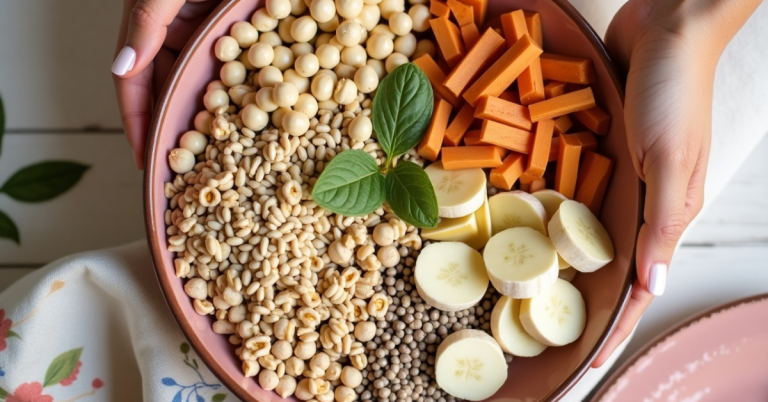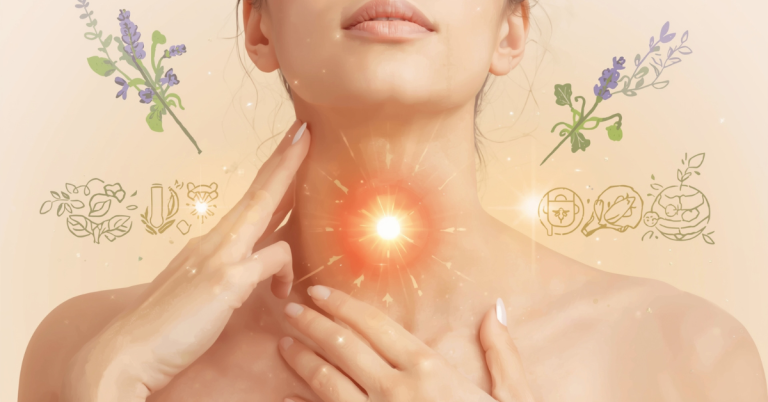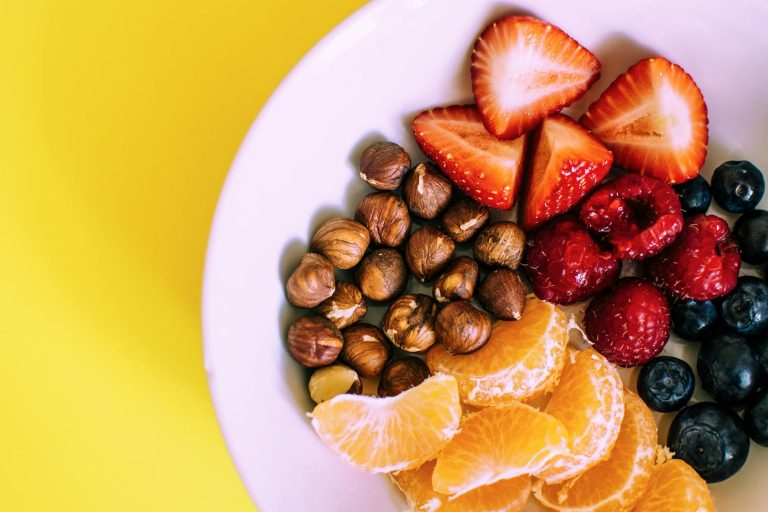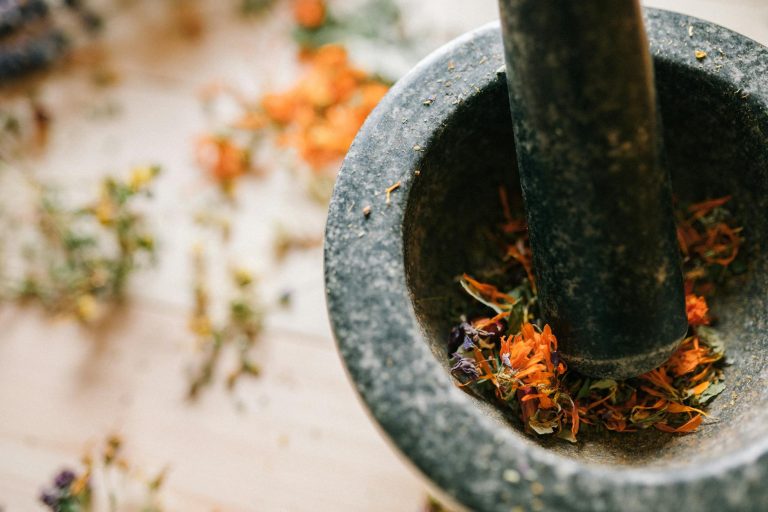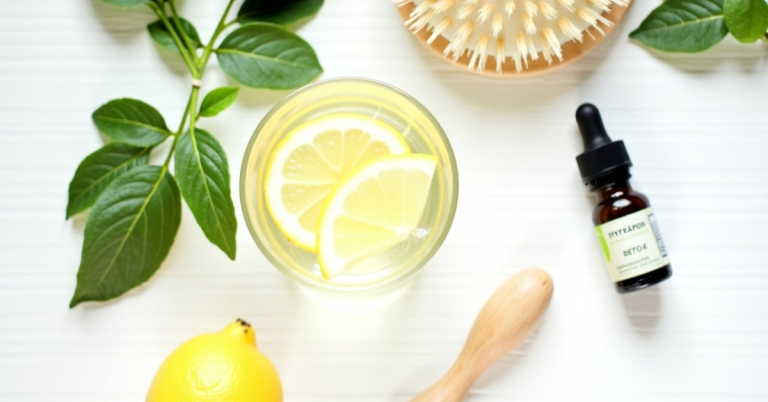Acne and Diet: Foods to Avoid for Clearer Skin
Are you tired of battling persistent acne despite trying every skincare product on the market? 😩 You’re not alone. Millions struggle with this frustrating skin condition, but the solution might be simpler than you think. It’s time to look beyond your bathroom cabinet and into your kitchen. 🍽️
What if we told you that the secret to clearer, radiant skin could be hiding in your diet? 🤔 Recent studies have uncovered a surprising link between what we eat and the health of our skin. Certain foods might be sabotaging your efforts for a blemish-free complexion without you even realizing it. But don’t worry – we’re here to shed light on this acne-diet connection and help you make informed choices.
In this blog post, we’ll dive deep into the world of acne-triggering foods and explore how your diet could be affecting your skin. From high glycemic index foods to dairy products, we’ll uncover the culprits behind those pesky breakouts. Get ready to discover which foods to avoid, learn about specific triggers to watch out for, and find out how to build a skin-friendly diet that will have you glowing from the inside out. 🌟 Let’s embark on this journey to clearer skin together!
Understanding the Acne-Diet Connection
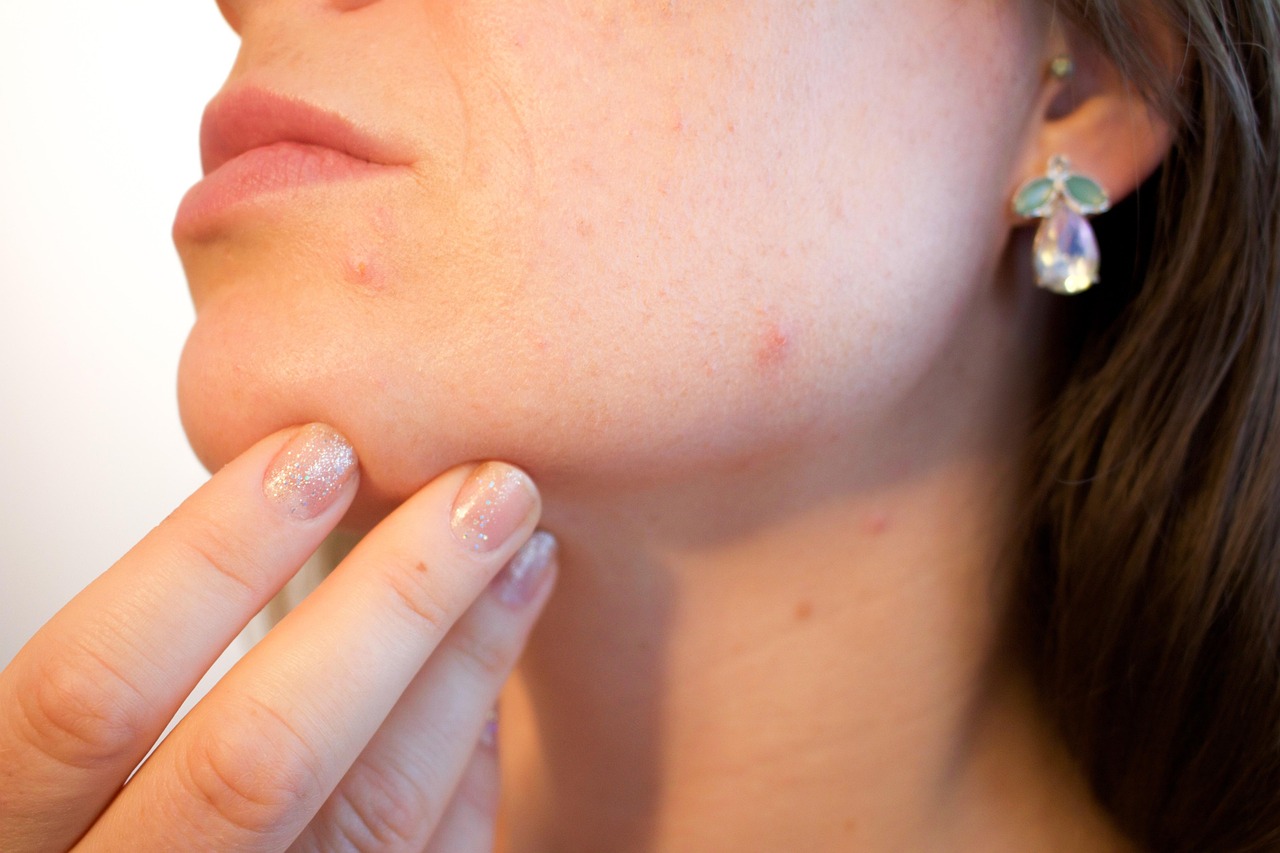
The science behind food’s impact on skin health
The connection between diet and skin health is rooted in complex biological processes. Certain foods can influence hormone levels, inflammation, and sebum production, all of which play crucial roles in acne development. Here’s a breakdown of how food impacts your skin:
| Nutrient | Impact on Skin Health |
|---|---|
| Vitamins A, C, E | Antioxidant protection |
| Omega-3 fatty acids | Reduce inflammation |
| Zinc | Regulates oil production |
| Sugar | Increases inflammation |
How diet affects hormone levels and inflammation
Diet significantly influences hormone levels and inflammation in the body, which directly impacts skin health:
- Insulin: High-glycemic foods spike insulin, leading to increased sebum production
- IGF-1: Certain foods raise IGF-1 levels, stimulating oil glands
- Cortisol: Stress-inducing foods can elevate cortisol, exacerbating acne
Debunking common acne-diet myths
Several misconceptions about diet and acne persist. Let’s address some common myths:
- Chocolate causes acne: Not entirely true. Dark chocolate may actually benefit skin health
- Greasy foods lead to oily skin: While unhealthy, they don’t directly cause acne
- All dairy is bad for skin: Some dairy products may be more problematic than others
Understanding these connections helps in making informed dietary choices for clearer skin. Now, let’s explore specific high glycemic index foods that may contribute to acne breakouts.
High Glycemic Index Foods to Avoid

Refined carbohydrates and their effect on acne
Refined carbohydrates, such as white bread, pasta, and sugary snacks, can significantly impact your skin’s health. These foods rapidly increase blood sugar levels, triggering a cascade of hormonal responses that can exacerbate acne. When consumed, they cause a spike in insulin, which in turn stimulates the production of androgens and insulin-like growth factor 1 (IGF-1). These hormones increase sebum production and promote inflammation, two key factors in acne development.
| Food Type | Glycemic Index | Effect on Acne |
|---|---|---|
| White bread | High | Increases inflammation |
| Pasta | High | Stimulates sebum production |
| Sugary snacks | Very High | Promotes hormonal imbalance |
Sugar’s role in skin inflammation
Sugar, in its various forms, is a major culprit in skin inflammation. When consumed in excess, it leads to a process called glycation, where sugar molecules attach to proteins in the skin, forming harmful compounds known as Advanced Glycation End products (AGEs). These AGEs break down collagen and elastin, essential proteins for maintaining healthy, clear skin. Moreover, the inflammatory response triggered by high sugar intake can worsen existing acne and promote the formation of new breakouts.
Healthier alternatives for satisfying cravings
To maintain clear skin while satisfying your cravings, consider these healthier alternatives:
- Whole grain options: Replace white bread and pasta with whole grain varieties
- Fresh fruits: Opt for berries, apples, or pears instead of sugary snacks
- Complex carbohydrates: Choose sweet potatoes, quinoa, or brown rice
- Natural sweeteners: Use honey or stevia in moderation instead of refined sugar
By making these substitutions, you can help stabilize blood sugar levels, reduce inflammation, and promote clearer, healthier skin. Remember, a balanced diet is key to managing acne and overall skin health.
Dairy Products and Acne

The link between milk consumption and breakouts
Recent studies have shown a strong correlation between dairy consumption and acne breakouts. Research indicates that individuals who consume more milk and dairy products are more likely to experience acne flare-ups. This connection is particularly evident in teenagers and young adults, who are already prone to hormonal fluctuations.
| Dairy Product | Acne Risk Increase |
|---|---|
| Skim Milk | 44% |
| Low-Fat Milk | 16% |
| Whole Milk | 8% |
Hormones in dairy and their impact on skin
The hormones present in dairy products, particularly IGF-1 (Insulin-like Growth Factor 1), play a significant role in triggering acne. These hormones can:
- Stimulate oil production in skin glands
- Increase skin cell growth
- Enhance inflammation in the skin
Additionally, the naturally occurring hormones in milk can interact with human hormones, potentially disrupting the delicate balance and leading to acne formation.
Non-dairy alternatives for a clearer complexion
For those looking to reduce dairy intake for clearer skin, numerous alternatives are available:
-
Plant-based milk options:
- Almond milk
- Oat milk
- Coconut milk
- Soy milk (in moderation)
-
Calcium-rich non-dairy foods:
- Leafy greens (spinach, kale)
- Fortified orange juice
- Tofu
- Sardines and salmon
By incorporating these alternatives, individuals may see improvements in their skin health while maintaining a balanced diet. It’s important to note that everyone’s skin reacts differently, so it may take some time to notice changes after reducing dairy consumption.
Greasy and Fried Foods

How excess oil affects skin health
Excess oil in your diet can have a significant impact on your skin health, particularly when it comes to acne. When you consume greasy foods, your body’s oil production increases, leading to clogged pores and potential breakouts. Here’s how excess oil affects your skin:
- Increases sebum production
- Clogs pores
- Promotes bacterial growth
- Causes inflammation
| Effect of Excess Oil | Impact on Skin |
|---|---|
| Increased sebum | Oily skin |
| Clogged pores | Blackheads |
| Bacterial growth | Pimples |
| Inflammation | Redness |
The connection between fast food and acne
Fast food is often high in unhealthy fats and oils, which can exacerbate acne. Studies have shown a strong correlation between frequent fast food consumption and increased acne severity. Here’s why:
- High in trans fats
- Contains refined carbohydrates
- Often lacks essential nutrients
- May lead to hormonal imbalances
Cooking methods for healthier skin
To promote clearer skin, consider adopting healthier cooking methods that reduce oil usage. Some skin-friendly cooking techniques include:
- Grilling
- Baking
- Steaming
- Air frying
These methods not only reduce oil consumption but also help preserve nutrients in your food. By making these simple changes in your cooking habits, you can significantly improve your skin health and reduce the likelihood of acne breakouts.
Now that we’ve explored the impact of greasy and fried foods on acne, let’s examine another category of foods that can affect your skin: processed and packaged foods.
Processed and Packaged Foods

Hidden ingredients that trigger breakouts
When it comes to processed and packaged foods, numerous hidden ingredients can potentially trigger acne breakouts. These ingredients often lurk behind innocuous-sounding names on food labels. Here’s a list of common culprits:
- Artificial sweeteners
- High-fructose corn syrup
- Trans fats
- Refined carbohydrates
- Artificial colors and flavors
The impact of preservatives on skin health
Preservatives are ubiquitous in processed foods, but they can have detrimental effects on skin health. Here’s a breakdown of common preservatives and their potential impact:
| Preservative | Impact on Skin |
|---|---|
| Sodium Benzoate | May increase inflammation |
| BHA/BHT | Potential hormone disruptors |
| Sulfites | Can cause skin sensitivity |
| Parabens | Linked to endocrine disruption |
Reading labels for acne-friendly choices
To make acne-friendly food choices, it’s crucial to become adept at reading and understanding food labels. Look for products with:
- Short ingredient lists
- Recognizable whole food ingredients
- No added sugars or artificial sweeteners
- Minimal preservatives
Avoid products containing terms like “hydrogenated oils,” “partially hydrogenated oils,” or ingredients ending in “-ose” (indicating sugars). By being vigilant about food labels, you can significantly reduce your intake of acne-triggering ingredients and promote clearer, healthier skin.
Now that we’ve covered the dangers lurking in processed and packaged foods, let’s explore some specific food triggers that you should be particularly wary of in your quest for clearer skin.
Specific Food Triggers to Watch Out For
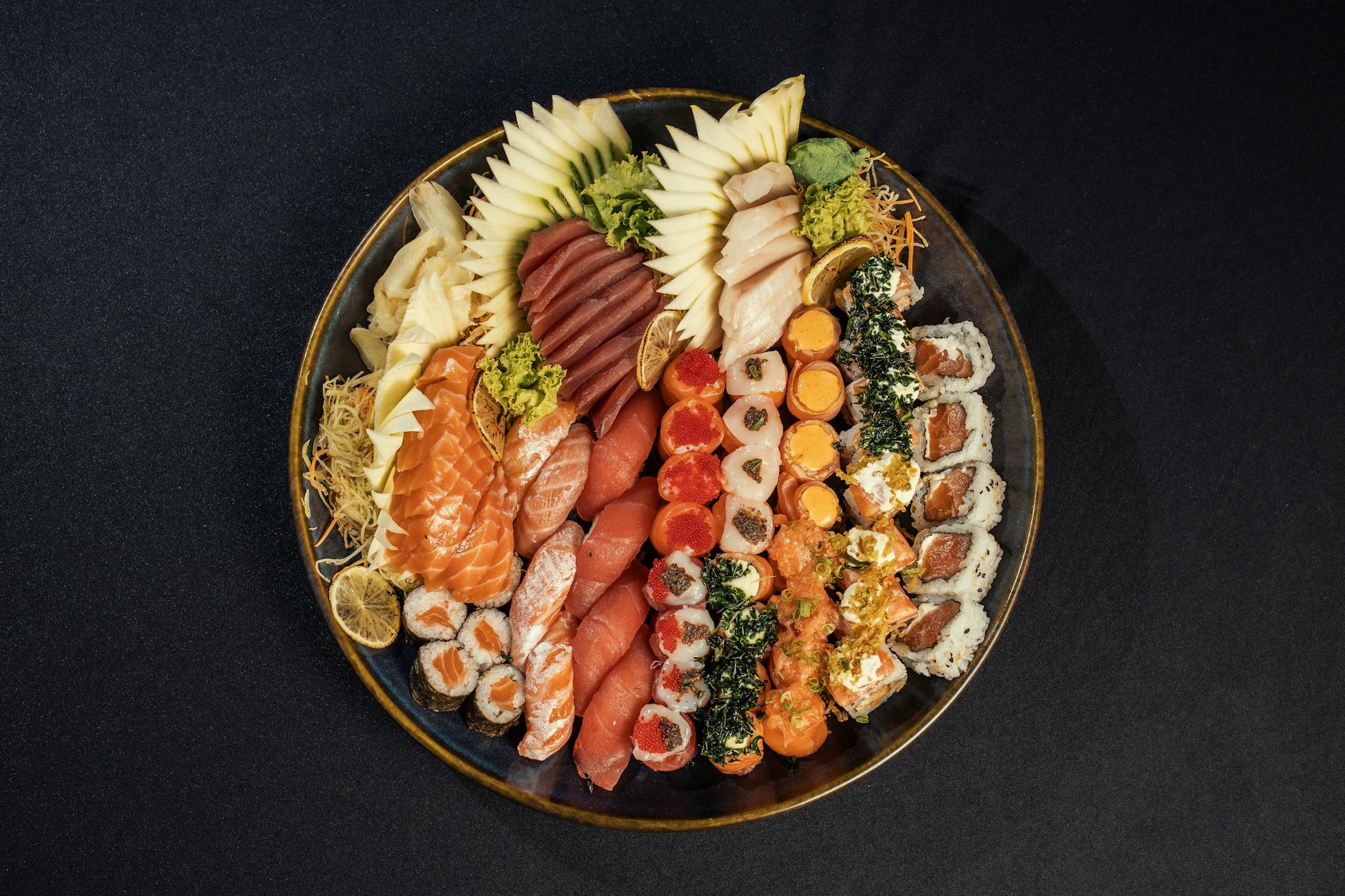
Chocolate and its controversial relationship with acne
The link between chocolate and acne has been a topic of debate for decades. While some studies suggest a correlation, others find no significant connection. Here’s what you need to know:
- Dark chocolate (70% cocoa or higher) may have less impact on acne due to lower sugar content
- Milk chocolate contains more sugar and dairy, potentially exacerbating acne
- Individual responses to chocolate can vary greatly
| Chocolate Type | Potential Acne Risk |
|---|---|
| Dark (70%+) | Low to Moderate |
| Milk | Moderate to High |
| White | High |
Nuts, seeds, and their potential effects on skin
Nuts and seeds are generally considered healthy, but some may influence acne:
- High omega-6 content in certain nuts (e.g., walnuts) might promote inflammation
- Selenium-rich Brazil nuts may help improve skin health
- Pumpkin seeds contain zinc, which can aid in acne management
Spicy foods and their impact on inflammation
Spicy foods can affect some individuals’ skin:
- May increase body temperature and sweating
- Can trigger flushing in some people
- Potential to exacerbate existing inflammation
Caffeine’s role in hormonal acne
Caffeine’s impact on acne is complex:
- Can increase stress hormones, potentially worsening acne
- May have a diuretic effect, leading to dehydration and skin issues
- Green tea, despite containing caffeine, has antioxidants that may benefit skin
Now that we’ve explored specific food triggers, let’s look at how to build a skin-friendly diet that can help promote clearer skin.
Building a Skin-Friendly Diet
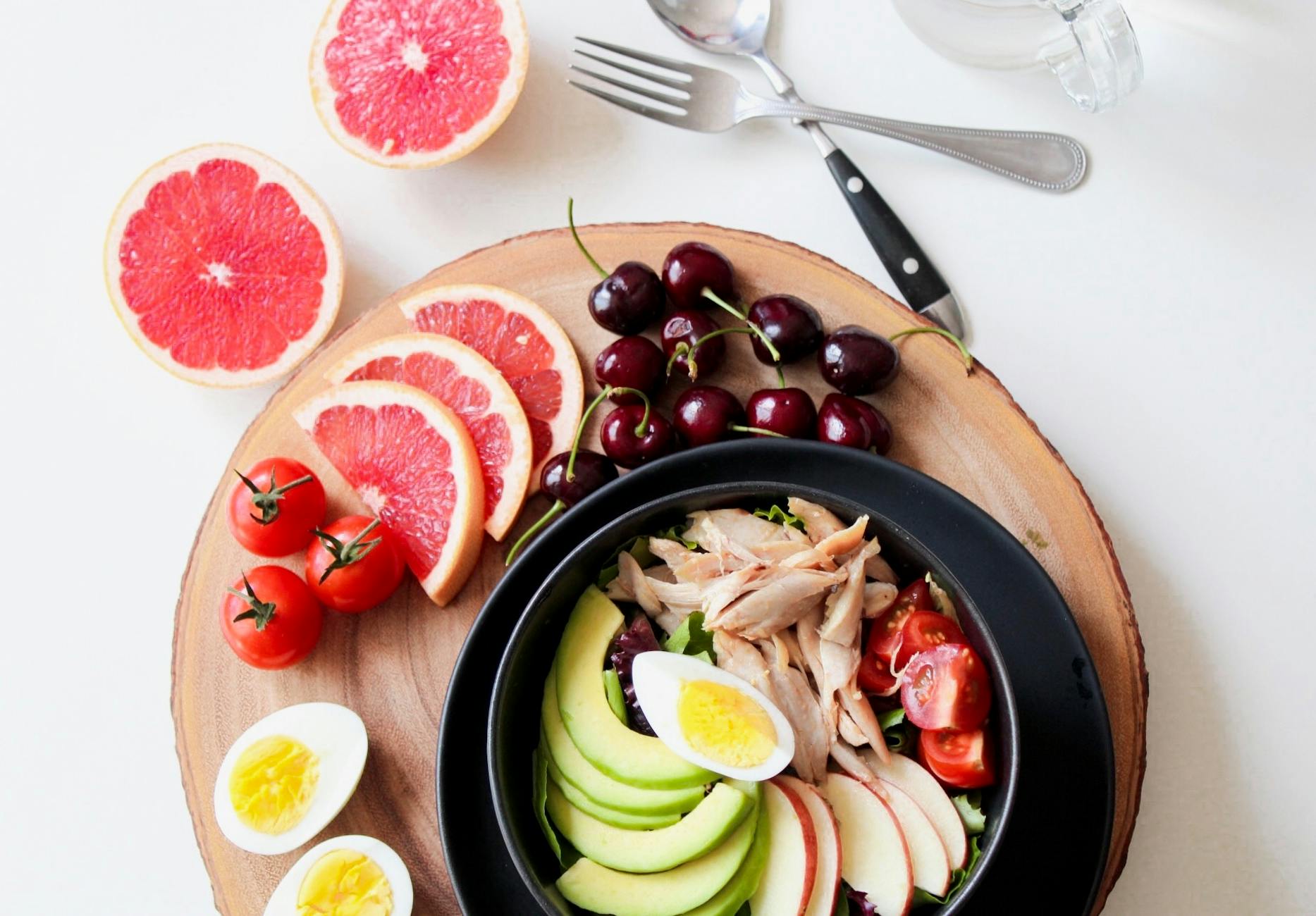
Nutrient-rich foods for clearer skin
To build a skin-friendly diet, focus on incorporating nutrient-rich foods that promote clearer skin. Here’s a list of essential nutrients and their corresponding food sources:
- Vitamin A: Sweet potatoes, carrots, spinach
- Vitamin C: Citrus fruits, bell peppers, broccoli
- Vitamin E: Almonds, sunflower seeds, avocados
- Zinc: Oysters, pumpkin seeds, lean meats
- Omega-3 fatty acids: Salmon, chia seeds, walnuts
Hydration habits for a healthy complexion
Proper hydration is crucial for maintaining a healthy complexion. Aim to:
- Drink at least 8 glasses of water daily
- Consume hydrating foods like watermelon and cucumber
- Limit caffeine and alcohol intake
- Use a hydrating facial mist throughout the day
Balancing your plate for optimal skin health
Create a balanced plate to support skin health:
| Food Group | Portion | Examples |
|---|---|---|
| Vegetables | 1/2 plate | Leafy greens, colorful veggies |
| Lean Protein | 1/4 plate | Fish, tofu, legumes |
| Complex Carbs | 1/4 plate | Quinoa, brown rice, sweet potato |
| Healthy Fats | 1-2 tbsp | Olive oil, avocado, nuts |
Gradual dietary changes for lasting results
Implement changes slowly to ensure long-term success:
- Start by adding one skin-friendly food to each meal
- Gradually reduce consumption of acne-triggering foods
- Keep a food diary to track skin improvements
- Be patient and consistent with your new eating habits
Now that we’ve explored how to build a skin-friendly diet, you’re equipped with the knowledge to make informed choices for clearer, healthier skin.
Maintaining clear, healthy skin involves more than just skincare products—your diet plays a crucial role too. By avoiding high glycemic index foods, dairy products, greasy and fried foods, and processed items, you can significantly reduce your risk of acne breakouts. It’s also important to be aware of specific food triggers that may affect your skin individually.
Remember, building a skin-friendly diet is about making informed choices and listening to your body. Focus on incorporating nutrient-rich, whole foods that promote skin health. While dietary changes alone may not completely cure acne, they can be a powerful tool in your journey towards clearer, more radiant skin. Take control of your diet today and watch your skin transform over time.


